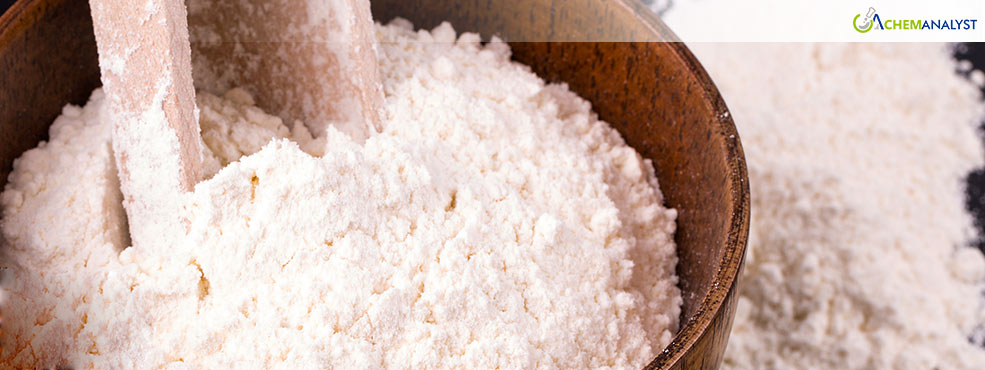Welcome To ChemAnalyst

The pharmaceutical sector witnessed the steepest decline in premium-grade Citric Acid costs, triggering a cascade of positive effects across various industries. This significant Citric Acid price drop empowered food and beverage companies to secure advantageous long-term supply agreements, ensuring a consistent and cost-effective source of this crucial ingredient.
Sports nutrition brands, in particular, capitalized on these savings by passing them directly to consumers. This price reduction significantly boosted consumer demand, leading to a remarkable 25% surge in the market for sports nutrition products. This surge in demand not only benefited consumers but also revitalized the entire sports nutrition industry.
Financial experts attributed this sharp decline in Citric Acid prices to several key factors: enhanced production capabilities among manufacturers, streamlined logistics that improved the efficiency of transportation and distribution, and the implementation of superior inventory management systems that minimized waste and optimized resource allocation. These advancements resulted in increased supply and reduced production costs, ultimately driving down the market price of Citric Acid.
The Asia-Pacific region emerged as the epicenter of this market shift, witnessing the most intense price competition. This region's dynamic market dynamics, characterized by a growing consumer base and increasing demand for processed foods, fueled the intense competition among Citric Acid producers.
Industry analysts predict that lower Citric Acid prices will remain a defining feature of the market throughout 2025. This sustained price reduction presents a significant opportunity for various sectors to innovate and expand.
The food preservation sector rapidly adapted to these market changes. Manufacturers began incorporating higher concentrations of Citric Acid into their formulations, enhancing the shelf life and safety of their products while maintaining competitive pricing. This increased usage of Citric Acid not only benefited consumers but also strengthened the position of food preservation companies in the market.
Beverage producers also leveraged these reduced costs to enhance their product portfolios. They introduced innovative new beverage formulations that incorporated Citric Acid to enhance flavor, provide a tangy taste, and even offer potential health benefits. This surge in product innovation revitalized the beverage industry and provided consumers with a wider range of exciting new options.
In conclusion, the decline in premium-grade Citric Acid costs has had a profound impact on various sectors, driving innovation, enhancing product offerings, and ultimately benefiting consumers. This market shift highlights the interconnectedness of various industries and the significant impact that even subtle changes in the cost of raw materials can have on entire sectors of the economy.
We use cookies to deliver the best possible experience on our website. To learn more, visit our Privacy Policy. By continuing to use this site or by closing this box, you consent to our use of cookies. More info.
